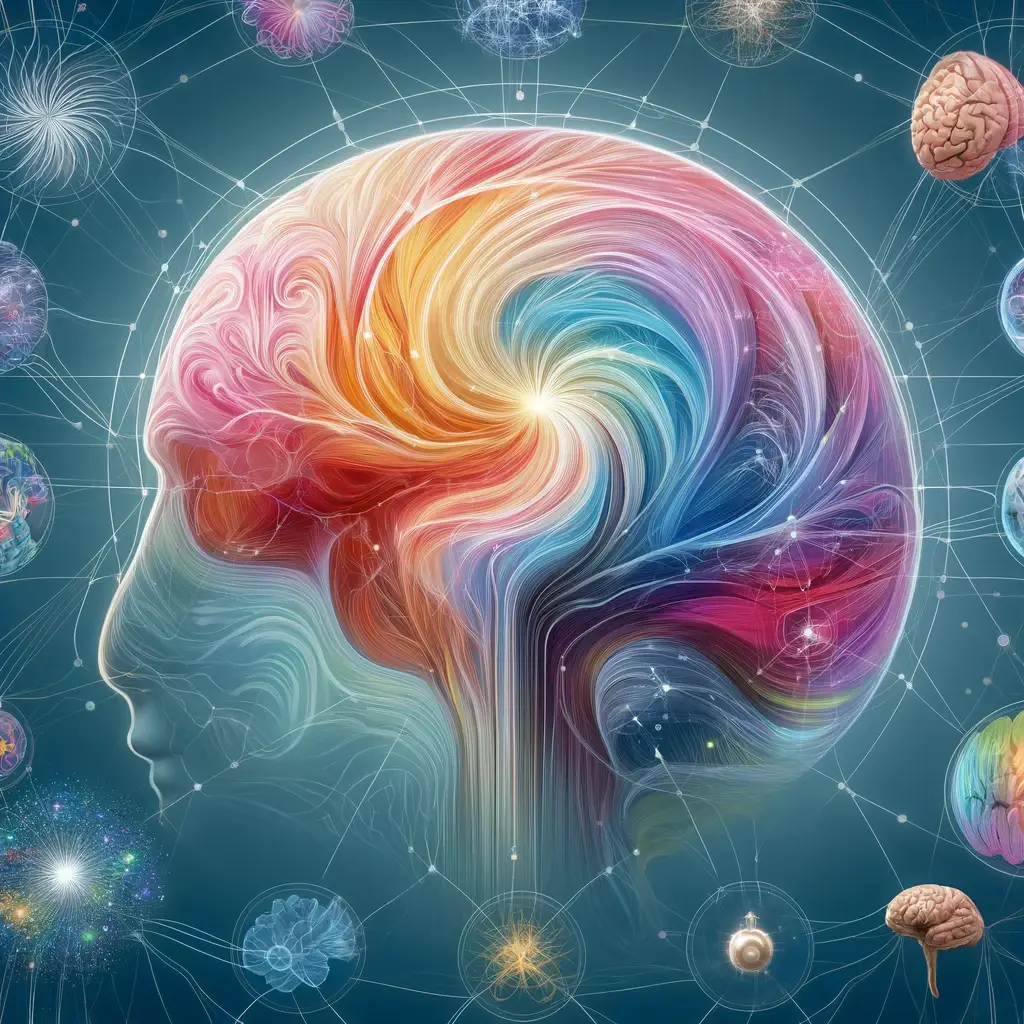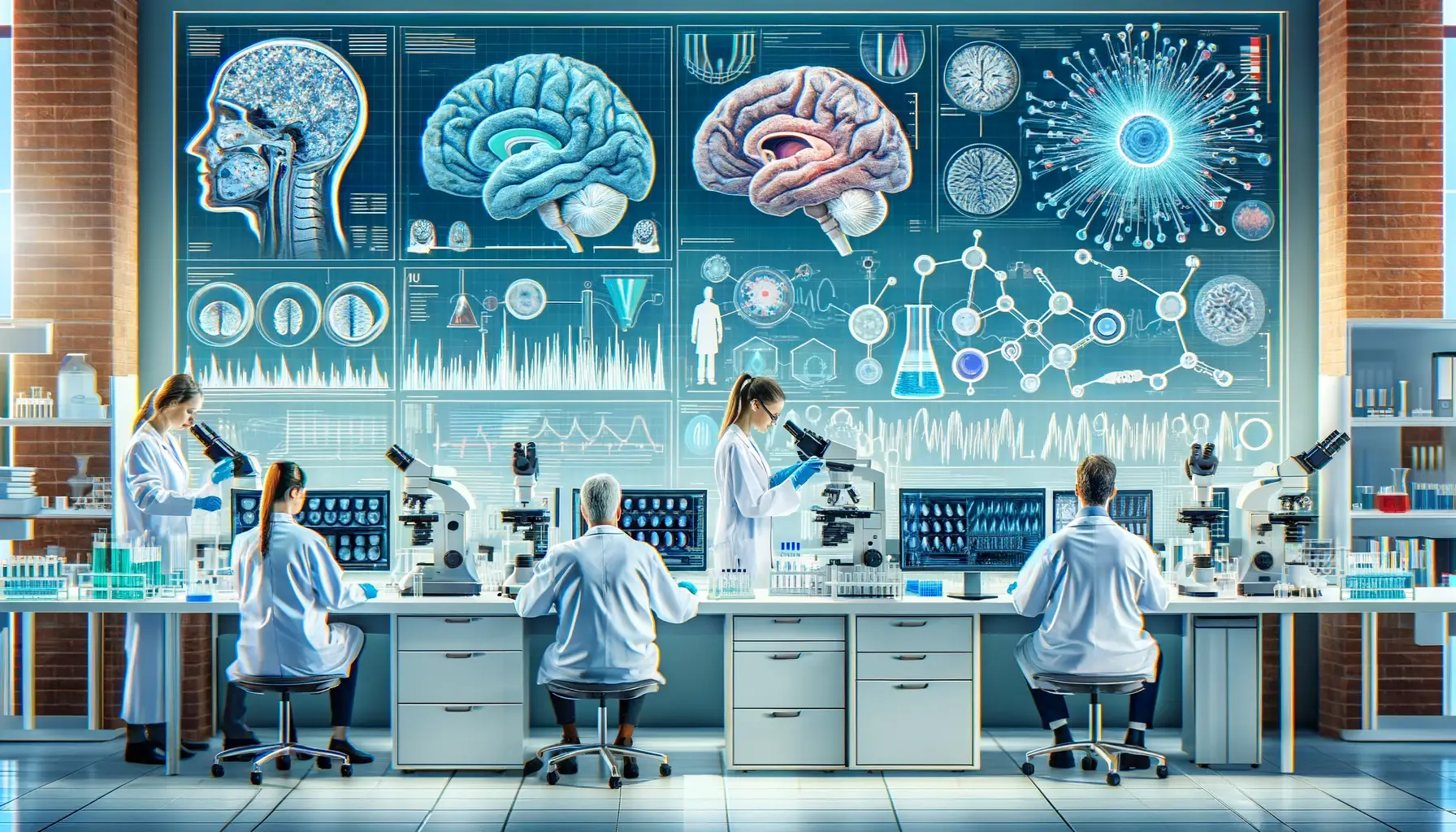Consciousness may be looked from various angles, such as Philosophy, Psychology, Neuroscience, Cognitive science and Artificial intelligence. A general definition of consciousness is “The ordinary, waking, thinking state of mind in which the majority of people function most of the day”. Conscious experience, according to Descartes (17th c), includes such ideas as images, perceptions, space, time. Samuel Johnson’s Dictionary, defines “conscious as endowed with the power of knowing one’s own thoughts and actions”. An all-inclusive definition will be “Consciousness is subjective experience or awareness”.
Phenomenal consciousness includes simple experiences such as moving objects, colored forms, sounds, sensations, emotions and feelings. Access consciousness is the information in our minds which is accessible for verbal report, reasoning, and the control of behavior. Events that occur in the mind or brain that are not within phenomenal or access consciousness are known as subconscious events.
According to Sigmund Freud, consciousness recognizes distinctions of space and time and is consistent. But the subconscious frequently switches the meaning of symbols or events, as in dreams, and regularly accepts contradictions. Listening to the subconscious is particularly difficult for intellectuals. It is difficult to accept information from our subconscious because it is not logical.
Three levels of consciousness are 1. Waking Consciousness, where subject object duality is present; 2.Dream state and 3.Deep sleep, where duality is abolished. Many admit that higher-order animals do exhibit a degree of self-awareness in addition to their responses to the outside world. Escherichia Coli has hydrophilic outer surface in normal aqueous media. The surface of E.Coli turns hydrophobic in 5% solution of sodium chloride. E.Coli takes a decision to turn its surface from hydrophilic to hydrophobic, in order to escape the inhospitable environment created by 5% sodium chloride. A decision taken by genetic means, i.e. by DNA material as E.Coli has no brain or nervous system. Thus the DNA molecules have all the features of a brain and can prompt intelligent behavior. DNA molecules can repair themselves; that is, they are memory molecules. Thus, the origin of intelligence is same as that of the origin of life, that is the origin of DNA.

Conscious mind has 4 layers; 1. Thinking mind, 2. Intellect (reasoning process); 3 Ego or I-consciousness (This again has the observer aspect, which becomes the jeevatma). Still below is the Chittam, between self and overself, which is a continuaam. When chitham is individualized, it becomes the ego, over which the mind is projected. So, consciousness is everywhere, and brain acts as a receptacle for its manifestation. It is like gravity pool, gravity is present all over the space, but the space is curved when there is an object. The phenomena of psychokinesis and telepathy support the belief that consciousness is not confined to the brain.
Neo-cortex is said to be the logical brain, while Amygdala is known as the seat of emotions. Enteric Nervous System (ENS) has complex circuitry that enables to learn, remember and produce gut activities. The reticular activating system (or RAS) is the name given to the part of the brain consisting of the reticular formation and its connections). It is situated at the core of the brain stem between the medulla oblongata and midbrain. The activity of RAS is crucial for maintaining the state of consciousness. Bilateral damage can lead to permanent coma. According to the western thinking, genes make the brain and consciousness is manifested; according to Indian philosophy, the Self creates the body and mind conducive to its karma.
Francis Crick, discoverer of the double stranded DNA, believed that consciousness could be explained in biological terms, using the tools of neuroscience. Consciousness and awareness are essentially local phenomenon, generated by activated neurons, said Crick. Persistent Vegetative State (PVS), individual loses the higher cerebral powers of the brain, but maintains sleep-wake cycles with full or partial autonomic functions. In such persons, there is impaired connectivity between the deeper (brainstem and thalamic) and the upper (cortical) areas of the brain. Time consciousness needs a widespread cortical network, including particularly the frontal, parietal and temporal cortices, and cooperation between the deep layers of the brain, especially the thalamus, and the upper layers, the cortex. Functioning thalamus is necessary, but not sufficient, for human consciousness.
Consciousness is quantum mechanical. The “process” generating quantum effects also generates consciousness. The quantum mind theory proposes that classical mechanics cannot fully explain consciousness, and suggests that quantum mechanical phenomena such as quantum entanglement and superposition may play an important part in the explanation of consciousness. It was not possible to formulate the laws of quantum mechanics in a fully consistent way without reference to the consciousness. Mind and matter are here seen as projections, from the underlying reality of the implicate order. There is a fundamental level, where consciousness is not distinct from matter. Quantum coherence may be sustained in the ion channels of neurons, and these channels could be entangled with surrounding lipids and proteins and with other channels in the same membrane. Two K+ ions are trapped in the filter of the closed ion channel. Each of these ions is electrostatically bound to two sets of oxygen atoms or binding pockets, involving eight oxygen atoms in total. Both ions in the channel oscillate between two configurations. K+ ions and the oxygen atoms of the binding pockets are two quantum-entangled sub-systems, these separate ion channels could be quantum entangled with one another. The microtubules could support macroscopic quantum features known as Bose-Einstein condensates. These condensates could link with other neurons via gap junctions. This permits quantum coherence to extend over a large area of the brain. When one of these areas of quantum coherence collapses, there is an instance of consciousness, of space time geometry. Conventional synaptic activity influences and is influenced by quantum state activity in the microtubules.
Quantum Brain Dynamics (QBD) explains that the electrical dipoles of the water molecules that constitute 70% of the brain are proposed to constitute a quantum field. This field interacts with quantum coherent waves generated by biomolecules in the neurons and propagating along the neuronal network. Biomolecular waves propagate along the actin filaments in the area of the cell membranes and dendritic spines. The waves derive energy from ATP molecules, and control the ion channels, which in turn regulate the flow of signals to the synapses.
The electromagnetic field theory explains that the Electromagnetic field generated by brain is the actual carrier of conscious experience. Every time a neuron fires to generate an action potential and a postsynaptic potential in the next neuron down the line, it also generates a disturbance to the surrounding electro-magnetic (EM) field. Information coded in neuron firing patterns is therefore reflected into the brain’s EM field. Consciousness is located in the brain’s EM field, rather than the neurons. So, information located in millions of neurons scattered throughout the brain can be unified into a single conscious experience. The information is unified in the EM field. Cholinergic systems is important in cognitive functions and conscious awareness. Basic steps in synaptic transmission are 1. Neurotransmitters are synthesized in the presynaptic (sending) neuron and stored in vesicles. 2. Neurotransmitters are released into the synapse, where they stimulate receptor sites on the postsynaptic (receiving) neuron. 3. Neurotransmitters are deactivated by enzymes or by reuptake.

Serotonin (5-HT), is a key modulator of emotional behavior, on neural systems subserving anxiety and depression. Genetic variation in a crucial regulatory molecule, the 5HT transporter (5-HTT), and its influence on emotional traits were studied. The S allele has been associated with lower concentrations of 5-HTT mRNA and nearly twofold lesser 5-HT re-uptake in comparison with preparations homozygous for the L allele. Analysis of post-mortem tissue revealed lesser 5-HTT binding in individuals carrying the S allele. Individuals carrying the S allele displayed higher levels of anxiety than LL homozygotes. Allelic variants identified in various 5-HT genes, can exert alterations in 5-HT neurotransmission and consequently, the functional integrity of affective brain circuits. For example, a promoter polymorphism in the human MAO gene (responsible for the intracellular catabolism of 5-HT to 5-HIAA) has been associated with heightened levels of aggression and impulsivity in men. Arousal disorders arising from non-REM sleep, have a neurochemical basis. Cholinergic deficits are critical to the sleep disturbances in Parkinson’s disease, and Alzheimer’s disease. In neurodegenerative diseases the fluctuating level of cognitive abilities resulting from an `unstable platform of consciousness’, which may largely be due to cholinergic abnormalities.


